Choosing between single or tandem seating in a fishing kayak depends on your needs: singles offer superior maneuverability and control for solo adventurers, while tandems accommodate paired paddling for communication, shared enjoyment, and stability. Single kayaks are ideal for calm waters and those seeking lighter craft, while tandems provide increased storage space and stability for longer trips with partners or extra gear. Consider water conditions, intended use, and skill levels to select the best seating arrangement for an enhanced fishing kayak experience.
“Uncover the ultimate guide to enhancing your fishing kayak experience through strategic seating choices. Whether you’re a solo angler or part of a duo, understanding single or tandem seating options is key. This comprehensive article explores the advantages and disadvantages of each setup, delving into ergonomics, space, and safety considerations. From popular kayak models to expert insights, we navigate the landscape of fishing kayak seating to help you make an informed decision tailored to your needs.”
Understanding Fishing Kayak Seating Options
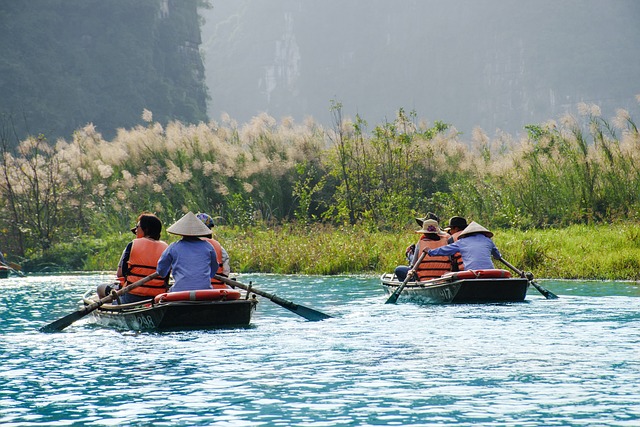
When it comes to fishing kayaks, understanding seating options is key to enhancing your overall experience. There are two primary types: single and tandem seating. Single seats are ideal for solo anglers who prefer a more personalized paddling experience. These kayaks offer better maneuverability and allow for easier access to both sides of the boat, which is perfect for casting and retrieving gear.
Tandem seating, on the other hand, is designed for two paddlers. This option is popular among partners or friends who enjoy fishing together. Tandem kayaks provide stability and a shared experience, making them great for communicating with your companion while navigating rivers or lakes. With adjustable seats, both paddlers can find a comfortable position, ensuring a relaxing and productive day on the water in a fishing kayak.
Single Seating: Advantages and Disadvantages
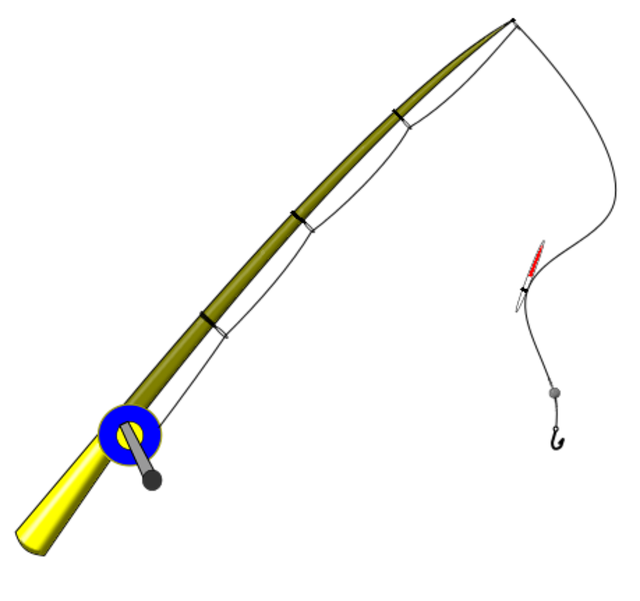
Single seating arrangements in a fishing kayak offer several benefits for solo adventurers. One clear advantage is enhanced control and maneuverability—kayakers can steer precisely, making it easier to navigate shallow waters or adjust position during casting. This setup also provides better balance, allowing for more stability while sitting and paddling.
However, there are some drawbacks. Single kayakers might experience increased fatigue over longer trips since they bear the full weight of paddling and steering. Moreover, without a partner, communication becomes limited, which can be challenging in case of an emergency or when needing assistance. This setup may not offer the same level of protection from wind and waves as tandem seating, either, potentially making for a less comfortable journey.
Tandem Seating: Features and Benefits
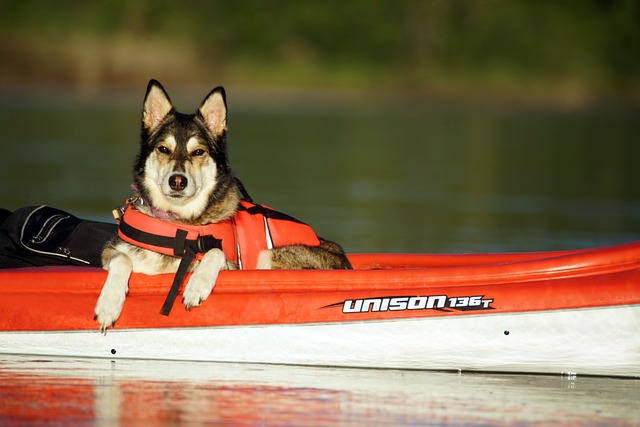
Tandem seating in a fishing kayak offers a unique and engaging experience for paddlers, especially those who enjoy kayaking with a partner or friend. Unlike traditional single-seater kayaks, tandem models are designed to accommodate two people side by side, providing a collaborative and social aspect to the sport. This setup is ideal for couples or friends who want to share the adventure and enjoyment of kayaking together.
The features of tandem seating include wider hips and more legroom, ensuring both paddlers have ample space and comfort during extended paddling sessions. Each person has their own paddle, allowing for a more efficient and synchronized paddling technique. Additionally, many tandem kayaks feature a central console between the seats, providing storage space for gear, bait, and other essentials, enhancing the overall fishing experience. This arrangement facilitates easy communication, shared navigation, and the ability to assist one another during various kayaking scenarios, making it an attractive option for recreational and competitive anglers alike.
Choosing the Right Seating for Your Kayaking Experience
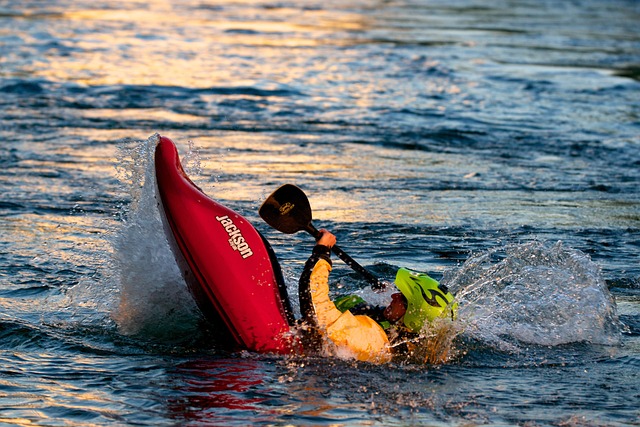
When it comes to kayaking, the choice between single and tandem seating is a significant decision that can greatly impact your overall experience. For those who enjoy solo adventures or prefer a more intimate journey on calm waters, a single kayak with a comfortable seat and stable design is ideal. This option allows for complete control and freedom of movement during your trips, making it perfect for fishing kayakers seeking solitude and easy maneuverability in shallow areas.
On the other hand, tandem kayaks offer a unique bonding experience, whether you’re exploring rivers or joining friends on a lake. With two seats side by side, they provide an opportunity to share the journey with someone else, making them popular among couples or groups looking for a collaborative adventure. These kayaks often come with features like extended storage compartments, perfect for fishing gear and other essentials when heading out for an extended day on the water in your fishing kayak.
Ergonomics and Comfort in Fishing Kayaks

When it comes to ergonomics and comfort, the seating arrangement in a fishing kayak plays a significant role in determining the overall enjoyment and effectiveness of your time on the water. Single or tandem seating options each offer unique advantages tailored to different user preferences and fishing styles. For solo anglers, a single seat provides unparalleled control and maneuverability, allowing for easy casting and quick reaction times. This setup also ensures personalized adjustments for optimal comfort during extended periods spent in the kayak.
In contrast, tandem seating is ideal for partnered fishing adventures. It offers space for two fishermen to share the experience comfortably, with designs that accommodate side-by-side or front-to-back positioning. These arrangements facilitate conversation and collaborative strategies while still allowing each angler to operate independently within their own personal area. The right seating choice in a fishing kayak enhances not just comfort but also the overall efficiency of your fishing expedition.
Space Considerations for Different Seating Arrangements
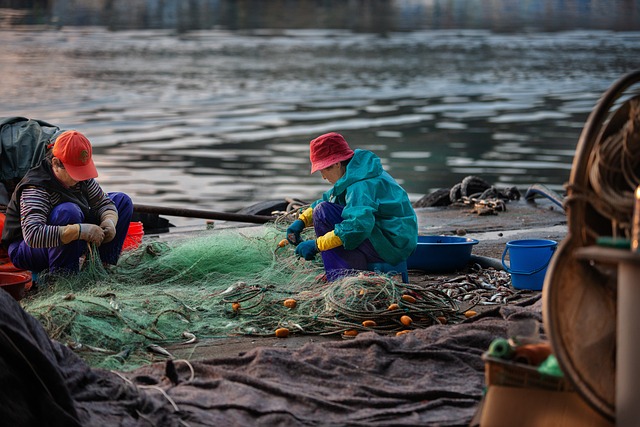
When considering space, one of the key differences between single and tandem seating in a fishing kayak is the footprint each arrangement demands. Single-seater kayaks offer a more compact design, ideal for those who paddle solo or prefer a lighter craft. This setup typically leaves ample space for gear and allows for easier maneuverability through tight spots. On the other hand, tandem seating arrangements, as the name suggests, accommodate two paddlers, resulting in a wider kayak. This design choice provides stability and distributes weight, making it suitable for longer trips with a partner or when carrying extra equipment like a child’s seat or additional fishing gear.
The space consideration extends beyond the width of the kayak itself. Single kayaks often provide more room for legroom and a closer proximity to the waterline, enhancing the paddler’s connection with the boat. Tandem models, however, may require careful placement of seats and equipment to ensure each paddler has sufficient space and visibility, especially during casting or when carrying larger fishing rods. In terms of storage, tandem kayaks often boast built-in storage compartments and deck areas, catering to the needs of multi-paddler teams who require easy access to supplies and tackle boxes.
Safety and Stability with Single vs Tandem Seating

When it comes to fishing kayaks, choosing between single and tandem seating primarily boils down to personal preference and specific needs. However, a key consideration is safety and stability. Single-seating kayaks offer better balance and maneuverability, especially for solo paddlers new to the sport. The single occupant has complete control over steering and stability, allowing for easier navigation in calm waters or around obstacles.
In contrast, tandem seating provides added stability due to the two occupants distributing their weight across a larger area. This makes fishing kayaks with tandem seating more suited for rougher waters or when carrying additional gear. While it may take some getting used to for solo paddlers, the stability can be a significant advantage in terms of safety, especially during unpredictable weather conditions or when paddling with a partner experienced in kayaking.
Popular Kayak Models and Their Seating Configurations
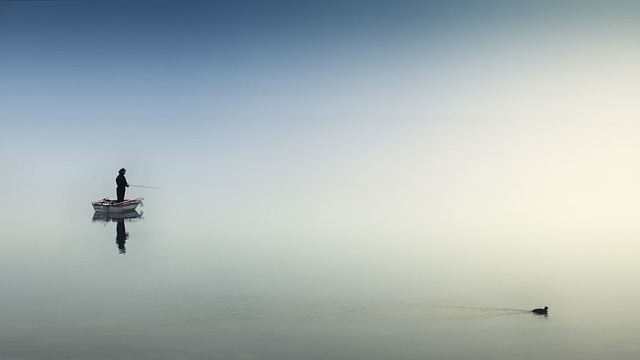
When it comes to fishing, kayakers often seek the perfect balance between stability and maneuverability. One popular option is the single or tandem seating configuration, each with its unique advantages. In terms of fishing kayak models, many manufacturers offer designs tailored for anglers. For instance, the Old Town Vapor series features a tandem setup, providing ample space for two people to fish comfortably side by side. This configuration is ideal for collaborative fishing trips or sharing knowledge and tips with a buddy.
On the other hand, solo kayakers might prefer models like the Ocean Kayak Sea Kayaks, which offer single seating arrangements. These kayaks are designed for individual use, providing better control and agility in watersports and fishing kayak adventures. The single setup allows for easier access to both sides of the boat, making it convenient for casting lines or reaching gear stored on either side.
Personal Preferences and Expert Insights on Seating Choices
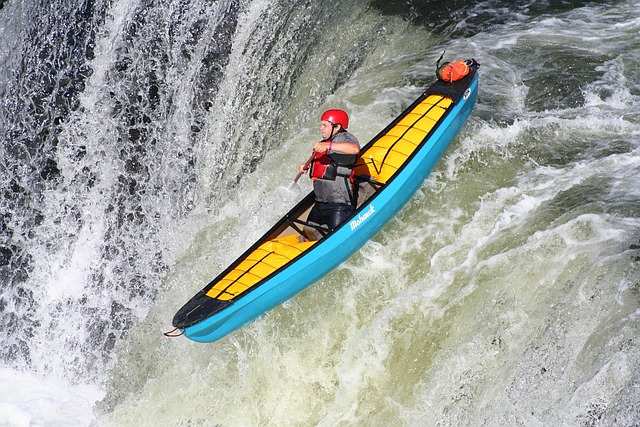
When it comes to choosing between single or tandem seating in a fishing kayak, personal preferences play a significant role. Many kayakers opt for tandem setups due to their stability and capacity to accommodate partners or friends, enhancing social aspects of the activity. This option is ideal for shared experiences and can improve accessibility during longer trips. On the other hand, solo adventurers often prefer single seats, offering better maneuverability and control over the kayak’s movements, especially in dynamic fishing environments.
Expert recommendations suggest considering factors like water conditions, intended use, and individual skill levels. For tranquil waters and casual outings, a tandem kayak can provide a comfortable and enjoyable experience for beginners or less experienced kayakers. In contrast, seasoned paddlers venturing into more challenging terrain might favor single seats for their agility, allowing for quicker responses to unpredictable currents and waves. Whether personal preference or expert advice guides the choice, selecting the right seating arrangement is key to maximizing the fishing kayak experience.
